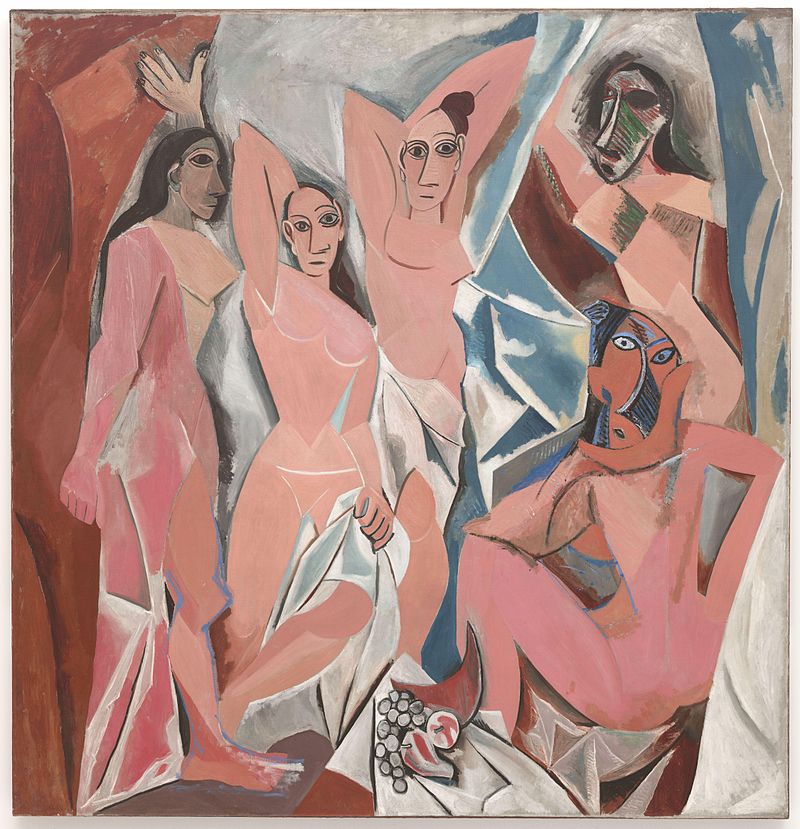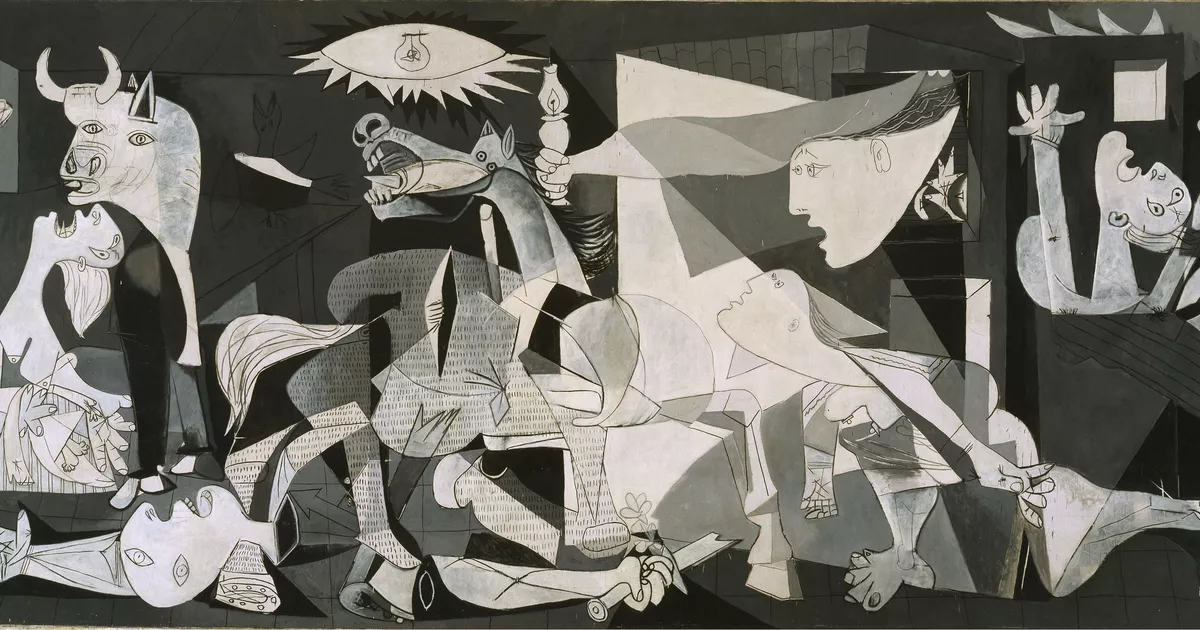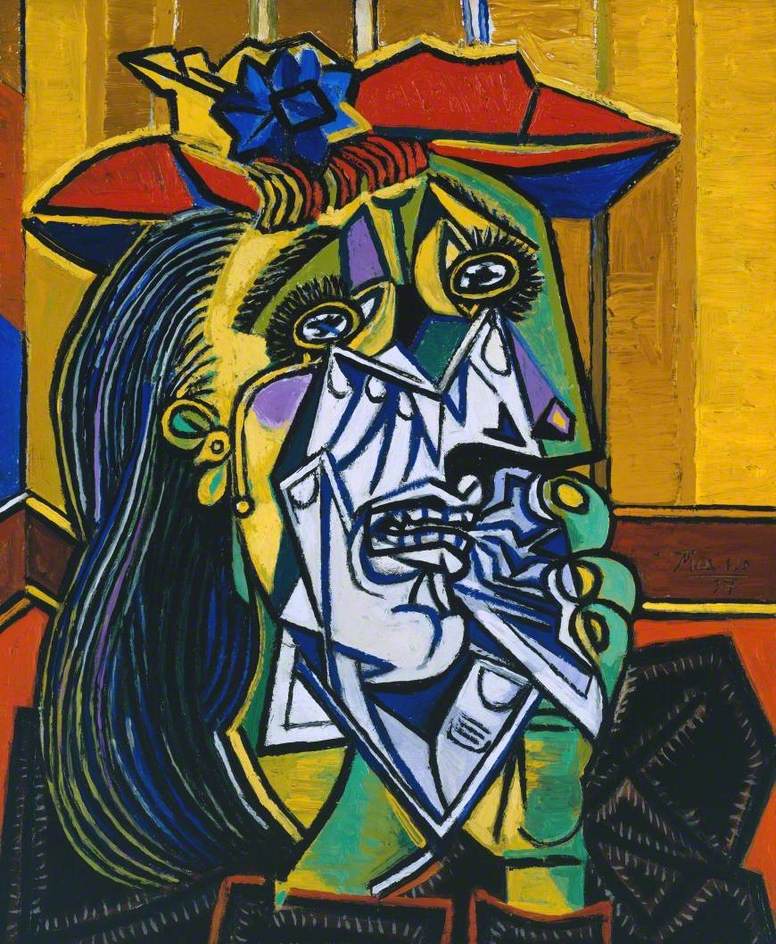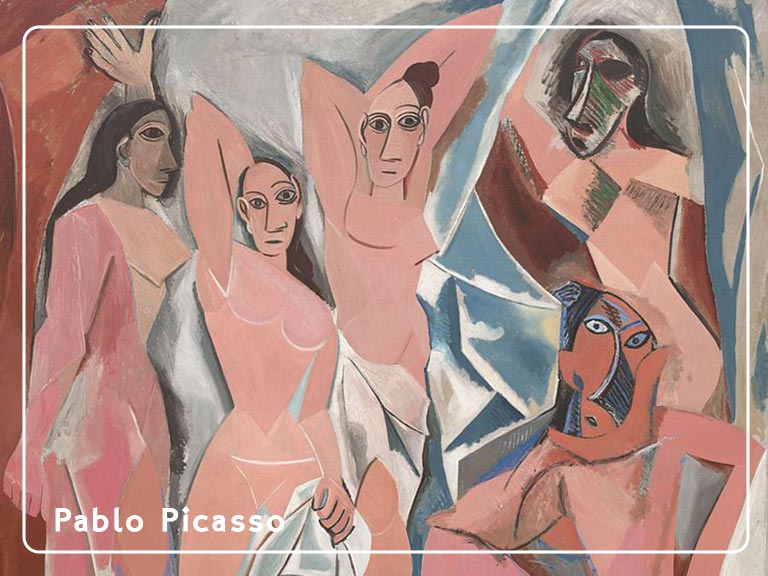Pablo Picasso, a Spanish painter, sculptor, printmaker, ceramicist, and stage designer, is widely regarded as one of the most influential artists of the 20th century. His innovative approach and prolific output challenged traditional artistic norms and reshaped the course of modern art.
Born on October 25, 1881, in Málaga, Spain, Picasso displayed exceptional artistic talent from a young age. He received early training from his father, a drawing teacher, and quickly surpassed his instructors in skill. At the age of 16, Picasso relocated to Barcelona and later moved to Paris, where he found inspiration and mentorship from fellow artists and intellectuals of the time.
Throughout his career, Picasso collaborated with numerous influential artists, pushing the boundaries of artistic expression. One notable collaboration was his friendship with Georges Braque, which led to the development of Cubism—an avant-garde movement that revolutionised art. Together, they pioneered a new visual language, deconstructing forms and reassembling them in abstracted and fragmented ways.
Picasso’s work was also influenced by various artistic styles, including African art, classical art, and the works of the Old Masters. He constantly experimented with different mediums and techniques, incorporating elements of collage, sculpture, and printmaking into his art. Picasso’s ability to seamlessly blend diverse influences allowed him to create a distinct and ever-evolving artistic vocabulary.
Iconic Artworks
“Les Demoiselles d’Avignon” (1907):
Considered a groundbreaking masterpiece, “Les Demoiselles d’Avignon” marked a pivotal moment in Picasso’s career and in the development of Cubism. This painting depicts five women with distorted and angular forms, challenging traditional notions of beauty and representation. It can be viewed at the Museum of Modern Art (MoMA) in New York.

“Guernica” (1937):
“Guernica” stands as one of Picasso’s most famous and politically charged works. Created in response to the bombing of the town of Guernica during the Spanish Civil War, the painting is a powerful anti-war statement. It vividly portrays the horrors of conflict and has become an enduring symbol of peace. “Guernica” is housed in the Museo Reina Sofia in Madrid.

“The Weeping Woman” (1937):
“The Weeping Woman” is a series of paintings by Picasso that captures the anguish and sorrow of a grieving woman. This emotionally charged work reflects Picasso’s exploration of human suffering and is housed in various museums and private collections around the world.”Les Meninas” (1957):
Inspired by Diego Velázquez’s iconic painting, Picasso created a series of reinterpretations of “Las Meninas.” These works deconstruct and reinterpret the original painting, adding his signature Cubist elements. One of these reinterpretations can be seen at the Museu Picasso in Barcelona.

Final Years and Legacy
Pablo Picasso continued to push artistic boundaries and experiment with new styles and techniques until his death. He passed away on April 8, 1973, in Mougins, France, leaving behind an unparalleled artistic legacy. Picasso’s vast body of work, spanning over 50,000 artworks, continues to inspire and influence artists worldwide.
Today, you can experience Picasso’s art at various museums and galleries worldwide, including the Musée Picasso in Paris, the Picasso Museum in Barcelona, and the MoMA in New York. These institutions showcase a comprehensive collection of his works, providing visitors with an opportunity to witness the evolution of his artistic genius.
Pablo Picasso’s relentless creativity and groundbreaking artistic contributions have forever shaped the course of modern art. From his early experiments in Cubism to his powerful political statements and his ceaseless drive to reinvent artistic conventions, Picasso’s impact is immeasurable. His artworks continue to captivate audiences around the world, serving as a testament to his innovative spirit and his everlasting influence on the art world.
If you would like to receive a roundup of all of our blog posts once a week to keep you inspired in your inbox, why not sign up to our newsletter. You can access our sign up at the top of our page. If you are a London Art College student and you would like your artwork featured here, drop us a line at any time.

